Kate Baggaley
Kate Baggaley was the fall 2014/spring 2015 intern at Science News.

Trustworthy journalism comes at a price.
Scientists and journalists share a core belief in questioning, observing and verifying to reach the truth. Science News reports on crucial research and discovery across science disciplines. We need your financial support to make it happen – every contribution makes a difference.
All Stories by Kate Baggaley
-
 Astronomy
AstronomyRemote star clusters discovered on edge of Milky Way
Two newly discovered star clusters are the first ever seen at the remote edges of the Milky Way.
-
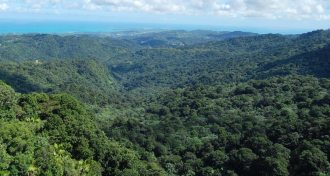 Plants
PlantsPlant growth patterns changing on much of Earth’s surface
More than half of Earth’s land surface has seen major changes in factors such as leaf-on date and how much vegetation grows in a season.
-
 Plants
PlantsTropical plant knows whose bill is in its flowers
A rainforest plant avoids inbreeding by accepting pollen only from hummingbird species that must travel to reach it.
-
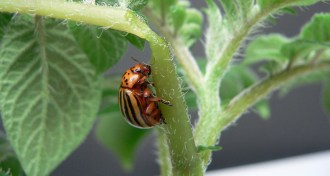 Plants
PlantsBeetle RNA makes crops a noxious meal
When beetles munch plants bearing their RNA, genes the bugs need to survive are turned off.
-
 Health & Medicine
Health & MedicineAdditives that keep foods fresh may sour in the gut
Additives called emulsifiers that are used in ice cream and other foods weaken the intestines’ defenses against bacteria, causing inflammation in mice.
-
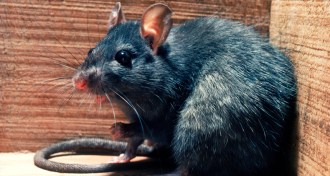 Ecosystems
EcosystemsBubonic plague was a serial visitor in European Middle Ages
Outbreaks of Black Death in medieval Europe may have been triggered by faraway weather patterns and hungry gerbils.
-
 Animals
AnimalsOcean animals have bulked up since ancient eras
Marine animals today are much larger on average than they were in the Cambrian Period.
-
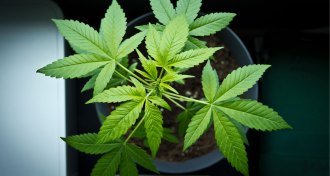 Neuroscience
NeuroscienceBlame pot munchies on nerve cells that normally nix appetite
Pot munchies demystified: Marijuana hijacks fullness nerve cells, making them send hunger signals instead.
-
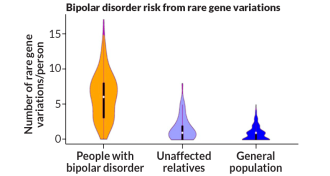 Neuroscience
NeuroscienceBipolar risk boosted by accumulation of rare versions of genes
A buildup of rare versions of genes that control nerve cell activity contributes to the genetic risk of bipolar disorder.
-
 Health & Medicine
Health & MedicineStoplights are hot spots for airborne pollution
Drivers get a big chunk of their exposure to pollutants from short stops at traffic intersections.
-
 Animals
AnimalsTiger swallowtail genome gives clues to insect’s stinky defense
Clues within the genetic code of the Eastern tiger swallowtail butterfly (Papilio glaucus) explain how it developed a smelly defense against predators.
-
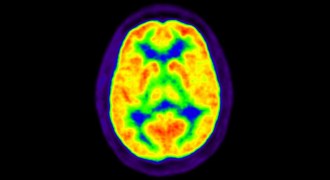 Health & Medicine
Health & MedicineFallout from nuclear bomb testing presaged today’s radioactive tracers
Scientists in 1965 measured buildup of radioactive carbon from nuclear bomb testing in people.